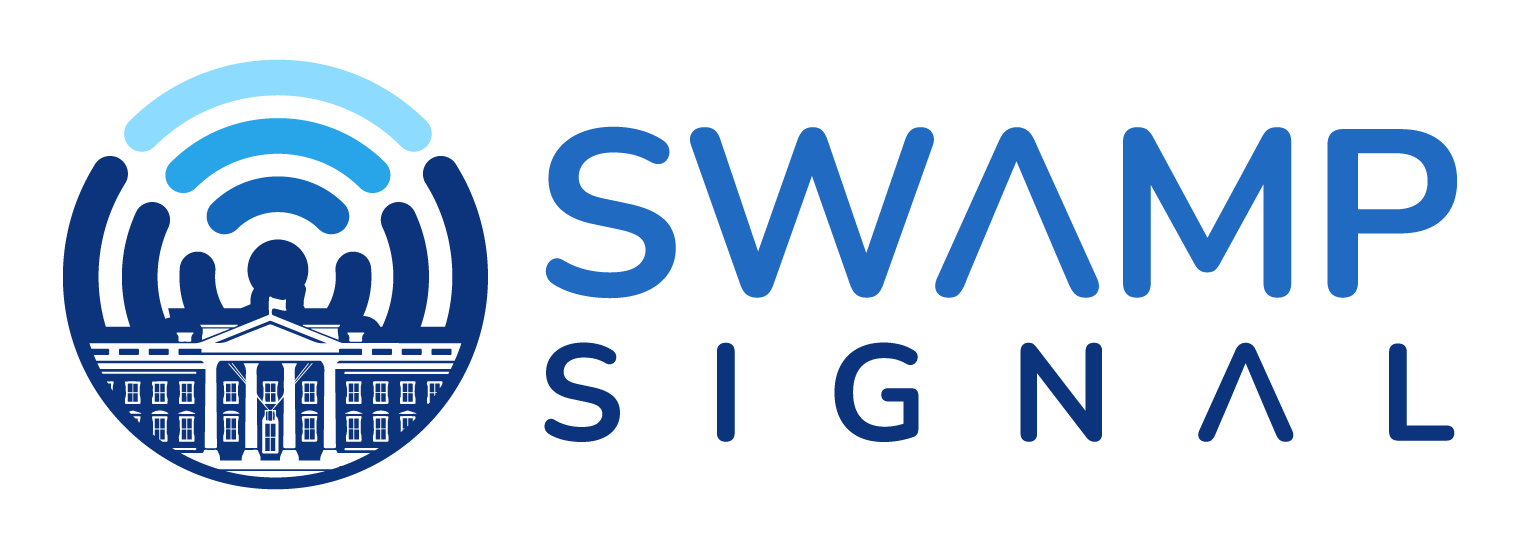Renewables such as wind and solar are intermittent and largely unpredictable energy sources, with rapid swings in output from one minute to the next. This creates major challenges for operators of the nation’s electricity grid, because supply must equal demand, and the supply “curve” in a given area never tracks the output from intermittent renewable sources. As a result, the more that intermittent solar and wind capacity is deployed to an electricity grid, the more of what’s called “dispatchable” capacity needs to be deployed to stabilize the grid to meet demand.
What this means, ironically, is that the rush to deploy solar and wind is locking us out of the one energy source that could actually achieve a zero-emissions grid, namely nuclear, and locking us into fossil fuel sources of electricity generation such as natural gas.
“Dispatchable” capacity











